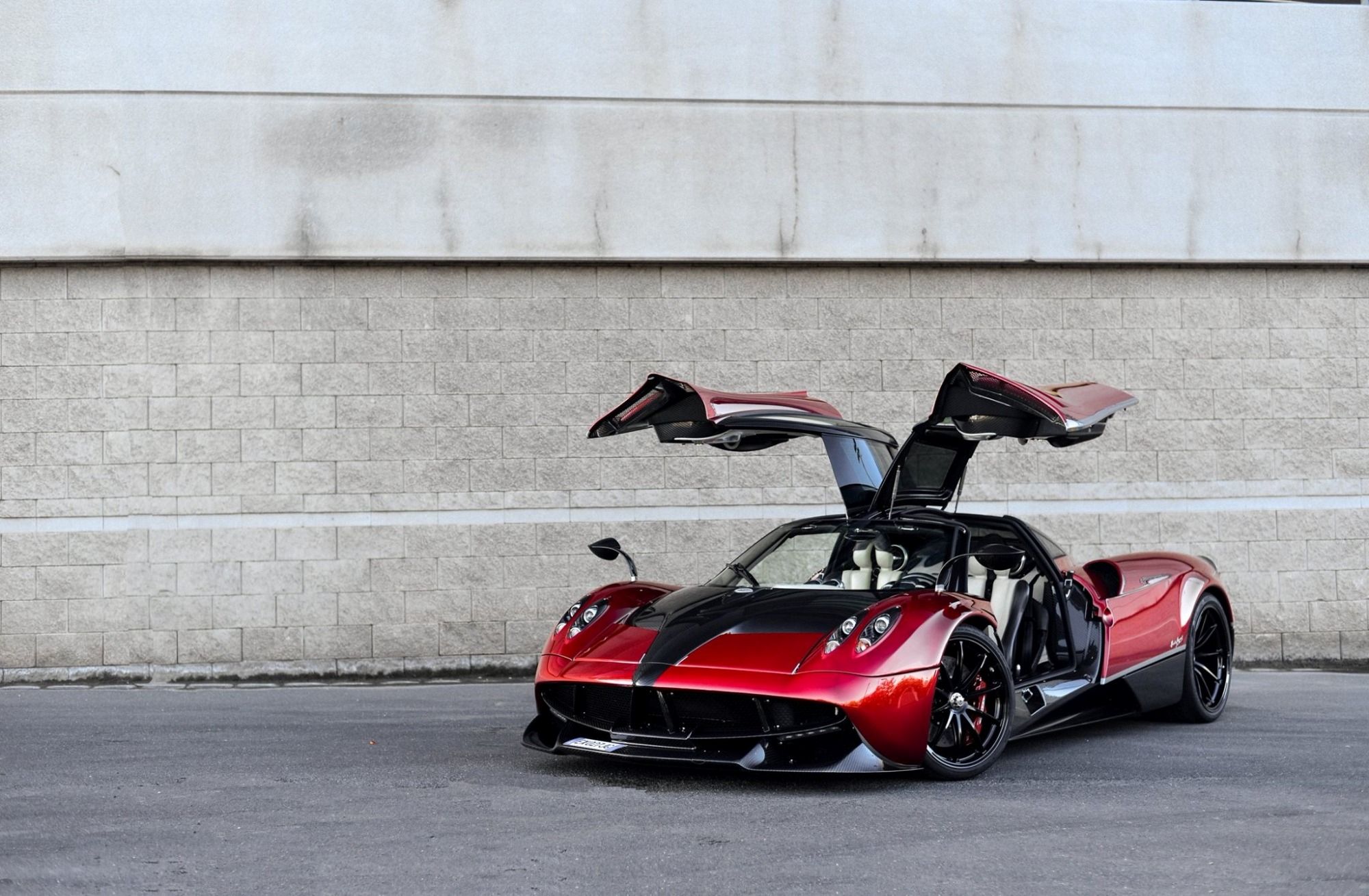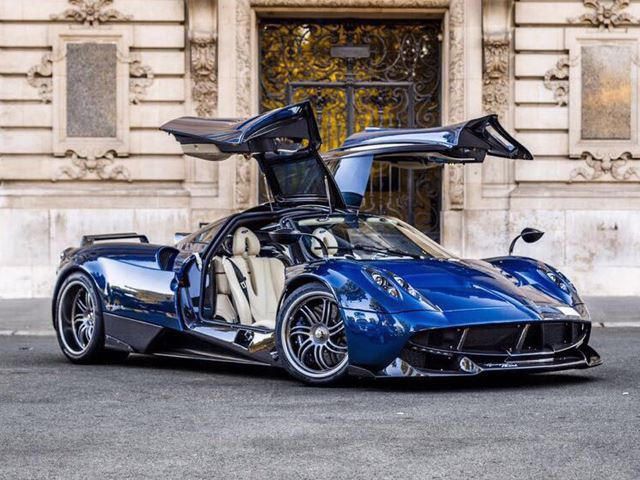
The exquisite Pagani Huayra Pearl was recently brought back to life following a rear-end collision that took place in Paris just a couple of months after it first hit the road. Pagani shared a video of the rebuilt Pearl, but for reasons of its own didn't share the full story. Thankfully, Refined Marques, who helped the owner create his perfect Pagani, got in touch to reveal some things about the one-off hypercar that up until now have yet to be made public.
The most startling of these is the performance specs: The Dubai dealership claims the Pagani Pearl can sprint from 0-62 mph in 2.2 seconds and from 0-187 mph in just 14 seconds. How is that possible? Let's start with the engine. As with all Paganis, power comes from an AMG-built block. In the Pearl's case, the Huayra's 6.0-liter twin-turbo V12 was used. However, instead of the 789 hp and 737 lb-ft of torque the Huayra BC develops, the V12 was heavily modified with reworked turbos, a larger radiator and a host of other changes to up output to a staggering 1,350 horsepower. The complete list of changes and name of the tuner remains a closely guarded secret.
Combining elements from the Huayra coupe, Huayra BC, Zonda S and Zonda Revolucion, the Pearl utilizes the motorsport-derived carbo-titanium monocoque chassis and suspension from the BC, complete with an all-new 7-speed AMT automated manual gearbox by Xtrac. In developing the BC, Pagani managed to shed 132 kg, and these weight-saving measures have also been applied to the Pearl. In fact, the new state-of-the-art composite material that Pagani created for the Huayra Roadster – a blend of carbo-titanium and carbo-triax – features on the sublime supercar.
The rear wing is reminiscent of the split wing design of the Zonda S, the roof air intake is inspired by that on the Zonda Revolucion, while aerodynamic updates were also made to improve downforce, lateral G-forces and ride quality with new air intakes and rear diffuser. The Pearl took 18 months to build with Pagani spending a further six months returning it to full health. Let's hope it stays that way.

